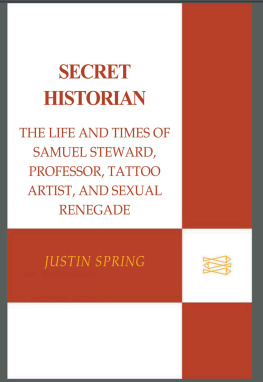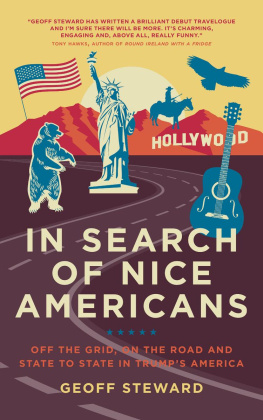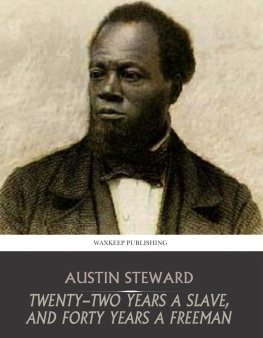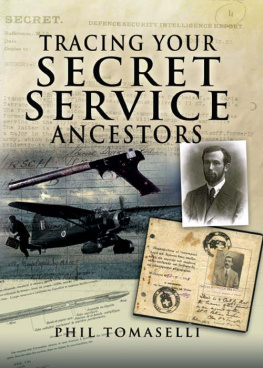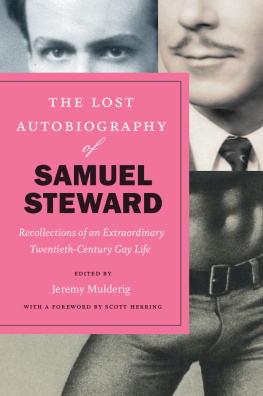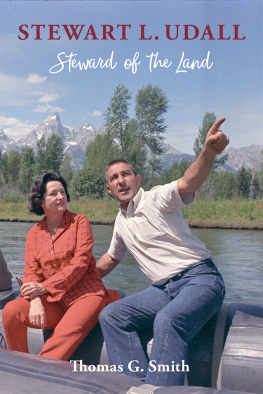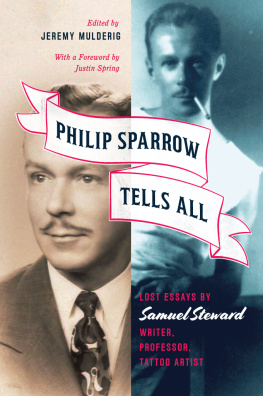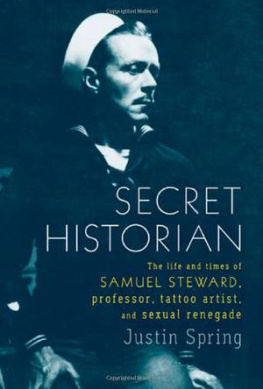The Life and Times of SAMUEL STEWARD, Professor, Tattoo Artist, and Sexual Renegade
PREFACE
Samuel M. Stewarda poet, novelist, and university professor who left the world of higher education to become a sex researcher, skid-row tattoo artist, and pornographermay seem at first an odd candidate for a biography, for he is practically unknown and nearly all his writing is out of print.
I first ran across Stewards name in the gay pulp fiction archive and database at the John Hay Special Collections Library at Brown University, where I had gone to research the social and literary challenges that a particular group of artists and writers had faced during the still largely undocumented years before gay liberation. As a biographer and art historian, I knew only a little about pulp fiction before visiting Brown, and was unaware of how many of these cheap paperbacks of the 1950s and 60s had described the secret world of American homosexuals. But pulp fiction writers had been among the first to chronicle the homosexual subculture for the popular reading public, skirting the stringent antiobscenity laws of the time by describing the homosexual illness in ways that were melodramatic and grotesque. While I was at first titillated by the lurid cover illustrations and outrageous titles I found in the archive Flight into Sodomy , Kept Boy , and Naked to the Night all looked like great funthe books themselves quickly proved just the opposite: they were, for the most part, badly written tales of loneliness, alcohol, and psychic defeat, often concluding in suicide or murder (or both).
While browsing through these depressing paperbacks, I recalled a very different series of novels and stories I had come across a decade earlier at A Different Light bookstore. Erotic comedies, they had chronicled the adventures of a hustler named Phil Andros, an improbably literate Ohio State University graduate turned leather-jacketed hustler. Phil lived a happy-go-lucky life, for his general interest in human nature made each of his paid sexual encounters a sort of learning experience. The tone of the Phil Andros books had been resolutely sex-affirmative, despite the dark, antihomosexual atmosphere of the times they had described; Phil liked sexand was good at itand had apparently become a hustler to have as much of it as possible.
The Phil Andros books I had purchased (seven titles all told) had been reissued versions of previously published books. They were published in the early 1980s by a house called Perineum Press, and their cover illustrations featured drawingspresumably of Phil Androsby Touko Laaksonen/Tom of Finland, an erotic illustrator who had begun his career in the mid-1950s but achieved his greatest popularity nearly twenty years later. The Perineum edition, despite its 1980s publication, held no detailed information about the original printings of the books, nor did it explain what connection Phil Andros had (if any) with Tom of Finland; nor did it give the real name of the authoronly the pseudonym Phil Andros. I remained puzzled about these literate, well-written social comedies featuring detailed descriptions of men having sex with men for the better part of a decade; as a result, the novels lingered on my bookshelf, and occasionally I shared them with fellow writers who took an interest in such things. When a Pulitzer Prizewinning playwright returned one to me, she observed that it was the happiest, most well-adjusted pornography she had ever read.
Though most of the Phil Andros novels and stories were set in the late 1950s and early 60s, I soon learned from Browns pulp fiction database that they had originally been published as paperbacks starting in 1970. (Only the story collection $TUD had been published in hardcover, by a house called Guild Press in 1966.) As for the pseudonymous Phil Andros: he had published under many other names as wellDonald Bishop, Thomas Cave, John McAndrews, Phil Sparrow, Philip Sparrow, Ward Stames, D.O.C., Ted Kramer, and Biff Thomas, among othersbut his real name was Samuel M. Steward. I subsequently discovered that Steward had begun his career as a poet, literary novelist, and short story writer. He published three significant nonfiction books in his later years, however: Bad Boys and Tough Tattoos , a social history of American tattooing; Dear Sammy: Letters from Gertrude Stein and Alice B. Toklas , a memoir of his friendship with the two great literary women; and finally Chapters from an Autobiography , a modest memoir of his own life and times.
Several months later, while writing a book on the artist Paul Cadmus, I found a group of letters from Steward in the Beinecke Rare Book and Manuscripts Library at Yale. The letters amazed and delighted me, for they were highly risqu and often very funny. Through them I discovered that Steward had traveled frequently to Paris, that he had worked with Alfred Kinseys Institute for Sex Research, that he had kept a tattoo parlor on Chicagos South State Street, and that he had been the single most important American contributor to the vanguard European homophile publication Der Kreis .
My curiosity aroused, I subsequently read several biographies of Kinsey, from which I learned that Kinsey had been fascinated by Stewards lifelong project of documenting his sex life in every particular. Upon being interviewed by Kinsey in late 1949, Steward had agreed to share this secret documentation. His later contributions to the Kinsey archive included drawings, photographs, sexual paraphernalia, homemade erotic decorative objects, andmost importanta vast compilation of numerical data and written material, including correspondence, fiction, personal narratives, diaries, and journals.
In his extraordinary openness about his sexuality, Steward was quite the opposite of nearly all the homosexual artists and writers I had been researching. Even Paul Cadmus, who had launched his career through scandalous depictions of homosexuality in his paintings, had been enormously careful about sharing the details of his personal life, and had left behind few written records of it for posterity. Likewise, most of the artists and writers of Stewards generation had either concealed any references to their homosexuality in their private writings and correspondence, or else rigorously edited it out in the years that followed. As a result, firsthand accounts of homosexual lives during the middle years of the twentieth century have remained underchronicled. As I considered this gap in available information, Stewards papers began to seem increasingly rare, valuable, and interesting to me.
But what had become of them? Though Steward had died in 1993, few of his papers had entered public collections. Despite his close association with Kinsey, the library at the Kinsey Institute listed only a few books by Steward in its online database, which made no mention whatsoever of his papers, artworks, or data. Yale had a few of his letters, and so, too, did Berkeley, thanks mostly to Stewards friendships with Gertrude Stein and Alice Toklas. There were also two boxes of his papers at Boston Universitys special collections library. But on the basis of what I subsequently found theremost of it dating from the 1980sI sensed there once had been more. The question, now, was whether it still existed.

